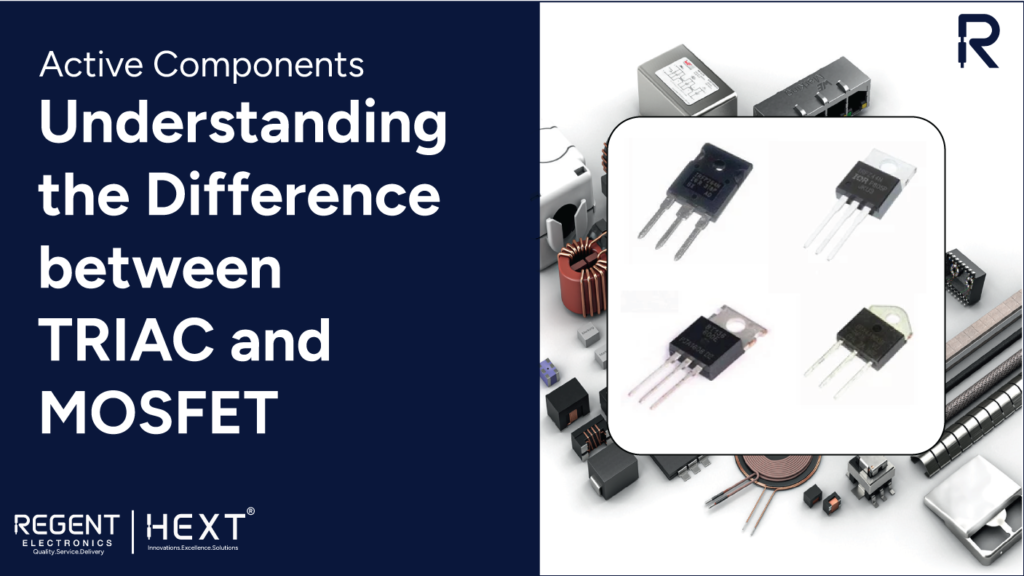
TRIAC vs. MOSFET: Key Differences Explained by Regent Electronics
Are you delving into the world of electronics and trying to understand the distinctions between TRIACs and MOSFETs? These two essential components play pivotal roles in controlling electrical circuits, but they operate differently and serve distinct purposes. At Regent Electronics, we’re here to make this topic clear and SEO-friendly for enthusiasts and professionals alike.
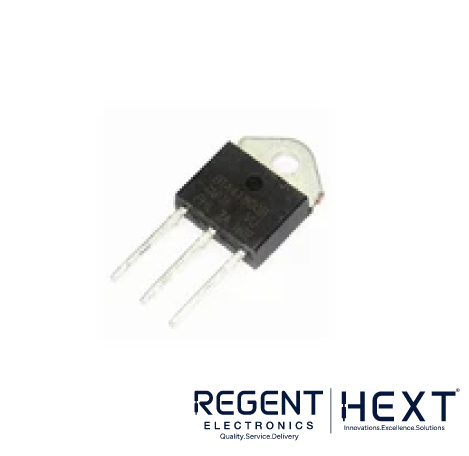

What Are TRIACs and MOSFETs?
- TRIAC stands for Triode for Alternating Current, a bi-directional semiconductor device designed for controlling AC circuits.
- MOSFET refers to a Metal-Oxide-Semiconductor Field-Effect Transistor, a voltage-controlled device widely used in DC circuits for switching and amplifying electronic signals.
Understanding TRIAC
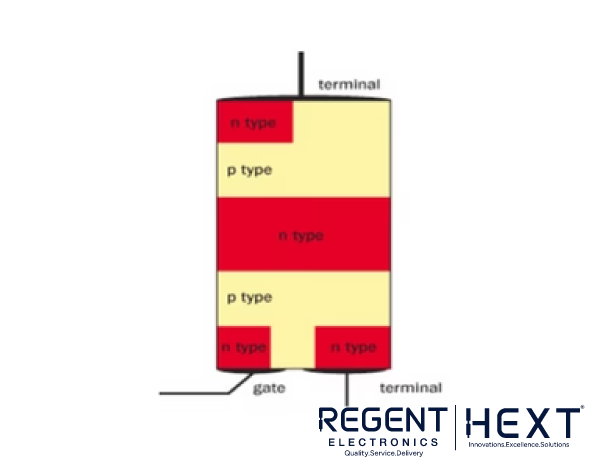
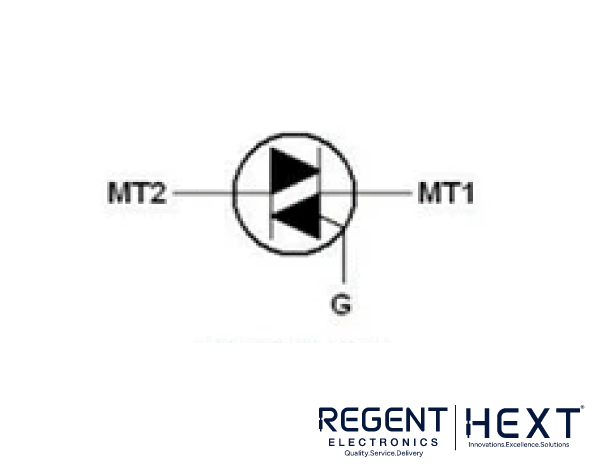
TRIAC Construction and Symbol
A TRIAC has three terminals:
- MT1 (Main Terminal 1)
- MT2 (Main Terminal 2)
- G (Gate)
Structurally, a TRIAC is equivalent to two SCRs (Silicon Controlled Rectifiers) connected in anti-parallel, allowing it to conduct current in both directions when triggered.
Key Features of TRIAC
- Bi-directional Functionality: Current can flow from MT1 to MT2 or vice versa when the gate is activated.
- Four Modes of Operation:
- MT2 and Gate are positive relative to MT1.
- MT2 and Gate are negative relative to MT1.
- MT2 is positive, but Gate is negative relative to MT1.
- MT2 is negative, but Gate is positive relative to MT1.
V-I Characteristics of TRIAC
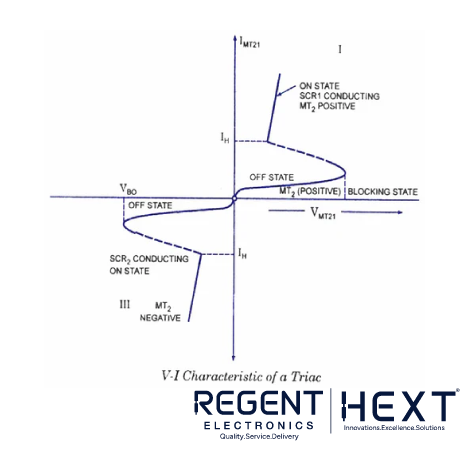
The current-voltage characteristics of a TRIAC depict its bi-directional behavior and switching capabilities, making it ideal for controlling AC power.
Common Examples
- BT136 TRIAC
- BTA41 TRIAC
Understanding MOSFET
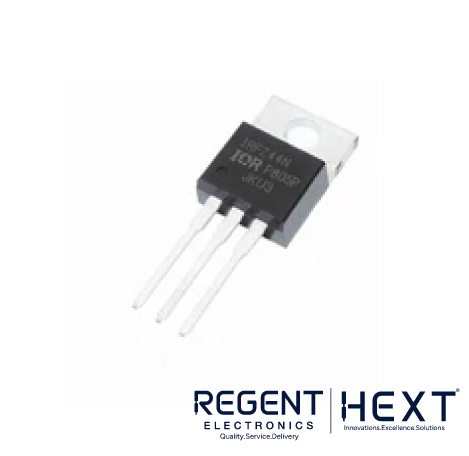

MOSFET Construction and Symbol

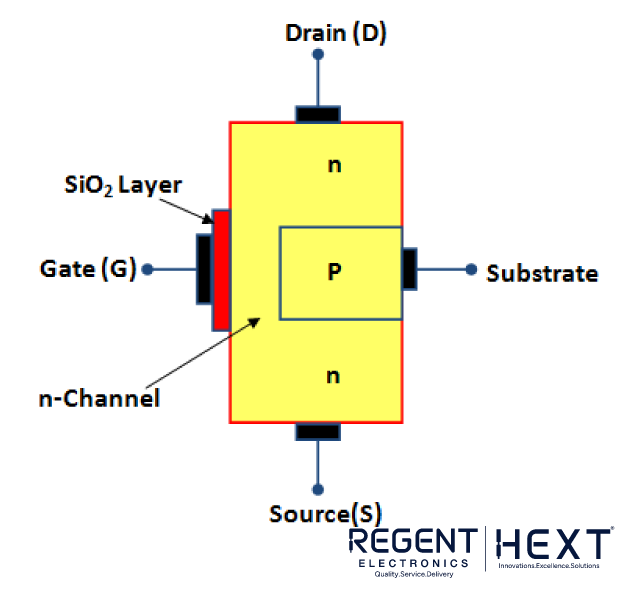
A MOSFET comprises three terminals:
- Source (S)
- Drain (D)
- Gate (G)
The source and drain are positioned on a doped semiconductor, separated by an oxide insulating layer, which supports the gate terminal. This construction makes MOSFETs electrically isolated and voltage-controlled.
How MOSFETs Work
- Voltage-Controlled Operation: When a voltage is applied between the gate and source, an electric field controls the current flow from the source to the drain.
- Body Effect: The voltage difference between the source and the transistor body can impact the threshold voltage, influencing the MOSFET’s performance.
Transfer Characteristics of MOSFET
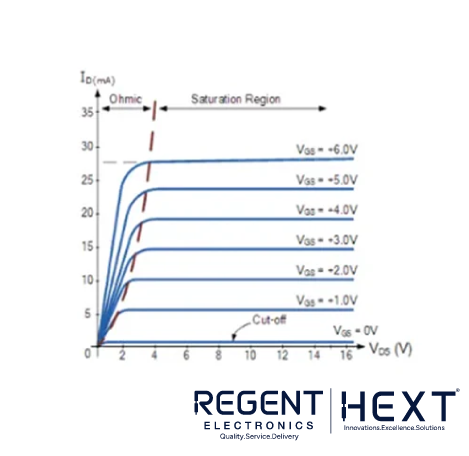

The relationship between the current (Id) and voltage (Vds), with Vgs as a parameter, defines the transfer characteristics of MOSFETs.
Common Examples
- IRFZ44N MOSFET
- IRFP264N MOSFET
Key Differences Between TRIAC and MOSFET
| Feature | TRIAC | MOSFET |
| Terminals | MT1, MT2, and Gate | Source, Drain, and Gate |
| Control Type | Current-driven | Voltage-driven |
| Self-Sustainability | Self-sustaining | Not self-sustaining |
| Current Flow | Switches both AC and DC | Switches DC only |
Applications of TRIAC vs. MOSFET
| Application | TRIAC | MOSFET |
| Illumination Control | Regulates AC power for lighting systems | Amplifies electronic signals |
| Motor Control | Adjusts motor speed and temperature | Inverter applications |
| Static Switching | Used for AC On/Off switching | Digital circuit integration |
Why Choose Regent Electronics for TRIACs and MOSFETs?
Regent Electronics offers a comprehensive range of high-quality TRIACs and MOSFETs tailored for diverse applications. Whether you’re managing AC power systems or working with DC circuits, our components ensure reliability and performance.
Browse our collection to find:
- Versatile TRIACs for AC control.
- Efficient MOSFETs for DC switching and amplification.
Final Thoughts
Understanding the difference between TRIACs and MOSFETs is crucial for selecting the right component for your project. TRIACs excel in AC power control, while MOSFETs are indispensable in DC signal amplification and switching.
At Regent Electronics, we aim to simplify electronics for everyone. Contact us today for expert advice and the best components for your needs!
